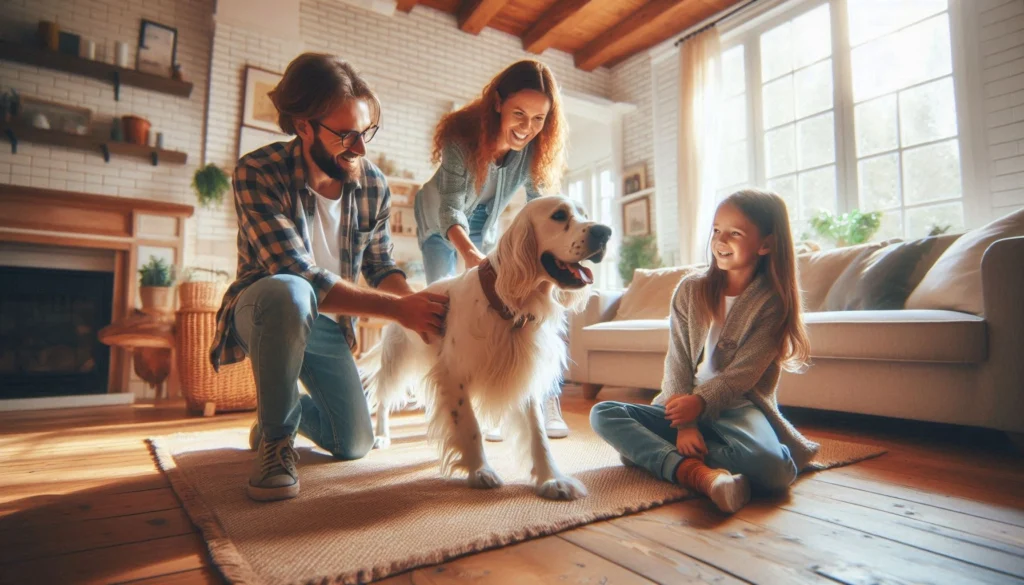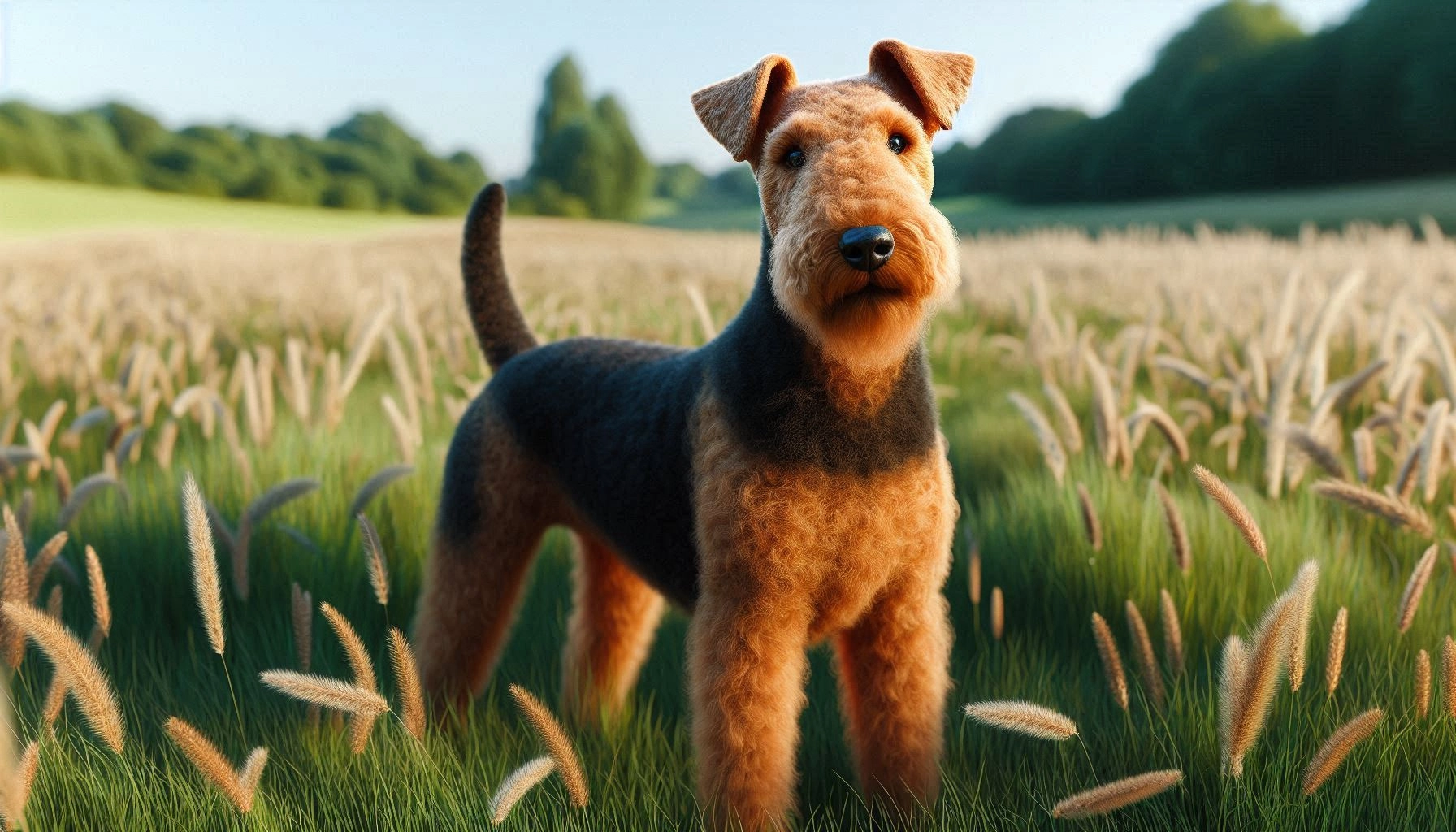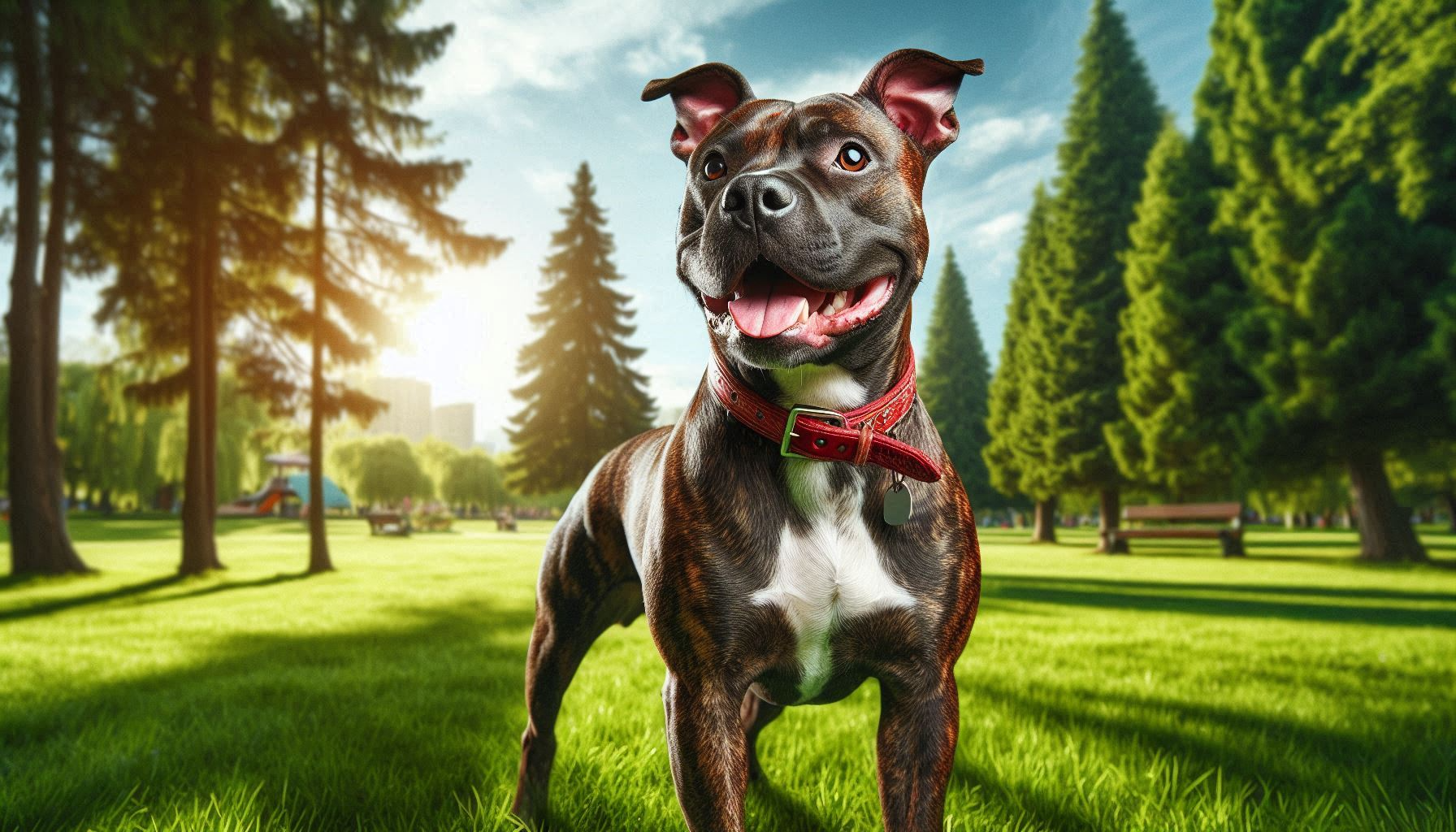Table of Contents
English Setter Dog Breed
The English Setter is a graceful, friendly, and energetic dog breed known for its striking appearance and loyal nature. With a history rooted in hunting, this breed has evolved into an affectionate companion that many families adore. Their friendly disposition, elegant coat, and versatility make them a popular choice among dog owners worldwide. Whether you’re seeking a loving family pet or an active outdoor partner, the English Setter offers the best of both worlds.
History and Origin of the English Setter

The English Setter’s history can be traced back over 400 years to the United Kingdom, where they were bred as hunting dogs, particularly for bird game. Originating from a mix of various spaniel, pointer, and spaniel breeds, the English Setter was developed for its ability to “set” or crouch low when it spotted game birds. Hunters then used nets or falcons to capture the birds. This hunting method, called “setting,” is how the breed got its name.
The breed’s refined characteristics were further developed in the 19th century by Edward Laverack and R. Purcell Llewellin, two breeders whose lines are still influential today. Laverack’s dogs became renowned for their beauty and were the foundation of the show-type English Setter, while Llewellin focused on enhancing the breed’s hunting capabilities.
Today, English Setters can be found in two varieties: the “bench” or show-type and the “field” type, which is more suited for hunting and outdoor activities.
Physical Characteristics of the English Setter

The English Setter is a medium-to-large-sized dog with a well-balanced and athletic build. Here are some distinctive physical characteristics of the breed:
- Size: Adult males typically weigh between 65-80 pounds and stand around 25-27 inches tall, while females are slightly smaller at 45-65 pounds and 23-25 inches in height.
- Coat: The breed’s coat is long, silky, and slightly wavy, giving it a luxurious appearance. The feathering on the ears, chest, legs, and tail adds to its elegance.
- Colors: English Setters come in a variety of colors, with their most iconic pattern being “belton,” a speckled appearance that can be blue (black), orange, lemon, or liver. Some dogs may have larger patches of color as well.
- Distinctive Features: The English Setter’s almond-shaped eyes exude warmth, and their expressive face gives them an endearing appearance. Their long, feathered ears add to their regal look.
Overall, the English Setter is a dog of beauty and athleticism, known for its graceful movements and poised stance.
Temperament and Personality
English Setters are known for their friendly, outgoing, and gentle nature. These dogs are incredibly social and thrive on human companionship. Their temperament makes them excellent family pets as they are great with children and generally get along well with other dogs and pets.
- Interaction with People: English Setters are known for their affectionate behavior toward their owners. They are loyal and love being part of family activities, whether it’s a walk in the park or lounging on the couch. Their sociable nature makes them excellent companions.
- Interaction with Children: These dogs are patient and gentle, making them ideal for households with children. They are playful without being too rough, and their calm demeanor helps them form strong bonds with younger family members.
- Interaction with Other Animals: English Setters generally get along well with other dogs and pets, particularly if they are raised together. Early socialization helps reinforce this behavior. However, their hunting instincts may make them prone to chasing smaller animals.
Their overall temperament can be described as affectionate, eager-to-please, and intelligent, making them easy to train and a joy to be around.
Health and Lifespan
The English Setter is generally a healthy breed, but like all dogs, they can be prone to certain health issues. On average, English Setters live between 10-12 years, though with proper care, they can live longer.
Common health issues in the breed include:
- Hip Dysplasia: A genetic condition where the hip joint does not develop properly, leading to arthritis or mobility issues later in life.
- Elbow Dysplasia: Another joint issue that can cause pain and difficulty in movement.
- Hypothyroidism: A condition where the thyroid gland doesn’t produce enough hormones, leading to weight gain, lethargy, and skin problems.
- Deafness: Some English Setters, particularly those with a lot of white in their coat, may be prone to congenital deafness.
Tips for Maintaining Health:
- Regular Vet Visits: Routine check-ups help catch potential health issues early.
- Proper Nutrition: A balanced diet rich in proteins, fats, and essential vitamins supports their active lifestyle.
- Exercise: Daily exercise is crucial to keep their weight in check and joints healthy.
- Joint Supplements: For older dogs, glucosamine supplements can help improve joint function.
Care and Grooming

English Setters require moderate grooming to keep their coats looking pristine. Here’s how to care for your English Setter:
Grooming Needs:
- Brushing: Brush their coat 2-3 times a week to prevent matting and tangling. This also helps remove loose hair and distribute skin oils.
- Bathing: Bathe the dog every 6-8 weeks or when necessary. Be sure to use a dog-friendly shampoo to avoid skin irritation.
- Ear Cleaning: Their long ears are prone to infections, so regular cleaning is essential.
- Nail Trimming: Trim their nails every 2-3 weeks to prevent overgrowth and discomfort.
Exercise Requirements:
English Setters are energetic dogs that need plenty of exercise. A minimum of 60-90 minutes of physical activity each day is recommended. This could include walks, runs, or playtime in a secure yard.
Dietary Recommendations:
Feed your English Setter a high-quality diet that is appropriate for their age, size, and activity level. Protein-rich food with omega-3 fatty acids is essential for maintaining their coat and muscle health.
Training and Socialization
Training an English Setter is typically a rewarding experience due to their intelligence and eagerness to please. However, patience and consistency are key as they can sometimes be distracted by their strong sense of smell.
Training Tips:
- Positive Reinforcement: Use treats and praise to reward good behavior. English Setters respond well to positive training methods.
- Early Socialization: Introduce your dog to different environments, people, and animals early on to develop a well-rounded temperament.
- Recall Training: Because of their hunting instincts, training your English Setter to come when called is essential, especially when off-leash.
- Mental Stimulation: Puzzle toys and games that challenge their intellect will keep them mentally sharp.
While English Setters are generally easygoing, they may take some time to master commands due to their curious nature.
Suitability as a Family Pet

English Setters make excellent family pets due to their affectionate nature and adaptability. They are well-suited to active families who can provide the exercise and companionship they crave.
Living Environment:
- Space: These dogs thrive in homes with large yards where they can run and play. They can adapt to apartment living if given sufficient outdoor exercise.
- Energy Level: English Setters are energetic, so they need daily physical and mental stimulation. They are perfect for families who enjoy outdoor activities.
Fun Facts and Trivia
- English Setters are often referred to as the “gentleman of the dog world” due to their calm and elegant demeanor.
- They were one of the first nine breeds registered by the American Kennel Club (AKC) in 1878.
- English Setters are known for their “roan” coats, where the hair is interspersed with darker and lighter colors, giving them a speckled appearance.
Dog Breeds Similar to the English Setter



- Irish Setter: Known for its striking red coat, the Irish Setter shares a similar history and hunting background with the English Setter. They are equally friendly, energetic, and require regular grooming and exercise.
- Gordon Setter: The Gordon Setter is a larger and sturdier version of the English Setter with a black-and-tan coat. They share similar temperaments but are more reserved and protective, making them excellent watchdogs.
- Brittany Spaniel: The Brittany is a versatile hunting dog with a similar size and energy level. While they have a shorter coat, their eagerness to please and intelligence make them great companions, especially for active families.
Conclusion
The English Setter is a fantastic breed for anyone looking for a loyal, friendly, and active dog. Whether you’re interested in their hunting heritage or simply want a companion who will love spending time with the family, this breed has a lot to offer. From their stunning coat to their affectionate personality, the English Setter is a breed worth considering for your home.
FAQ
Is the English Setter a dangerous dog?
No, the English Setter is known for its friendly and gentle nature. They are typically good with children, strangers, and other animals, making them one of the least aggressive dog breeds.
Is the English Setter the best guard dog to protect you or your family?
While English Setters are protective of their family, they are not typically suited for guard duties. They are more likely to greet strangers with enthusiasm than aggression, making them better companions than protectors.



